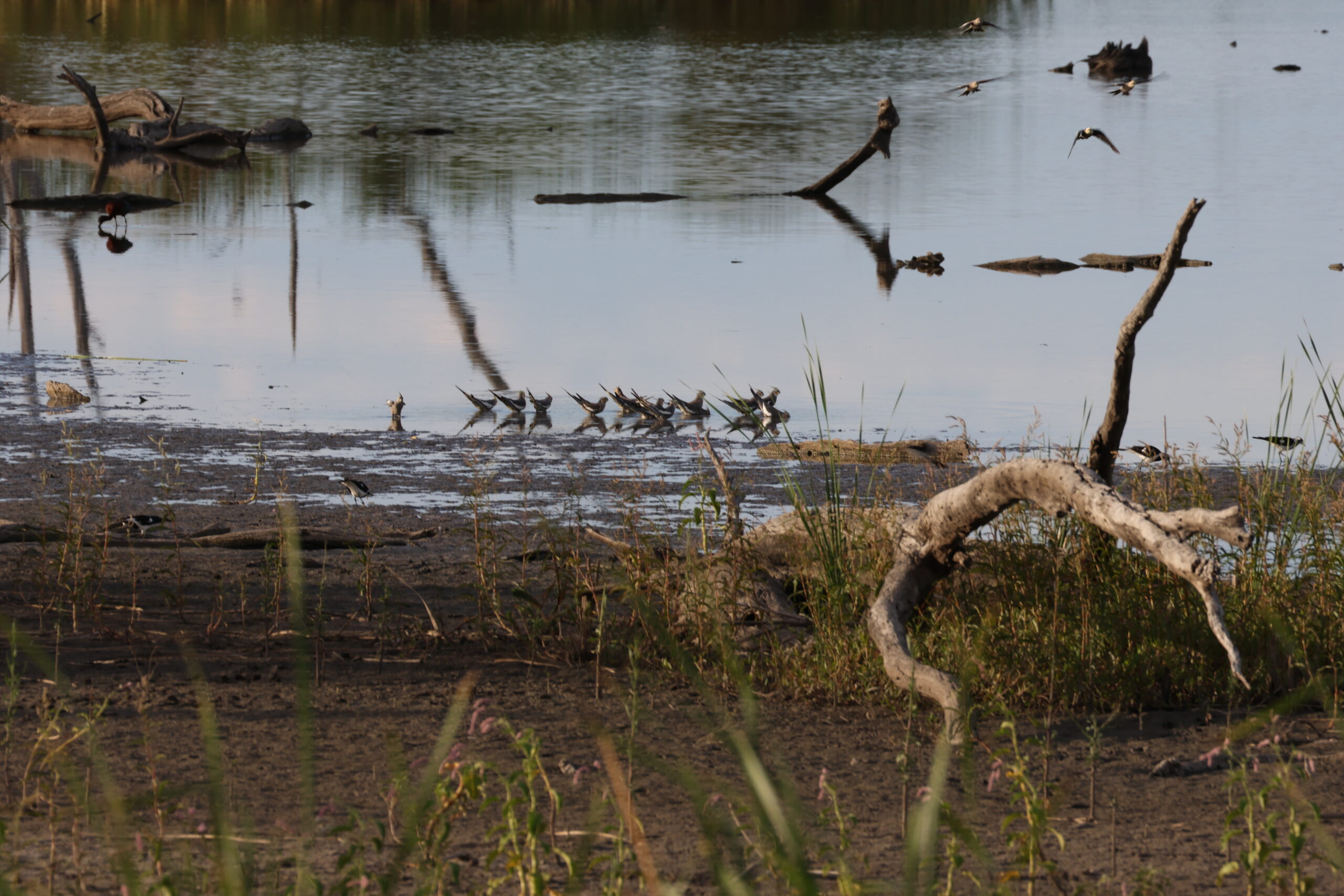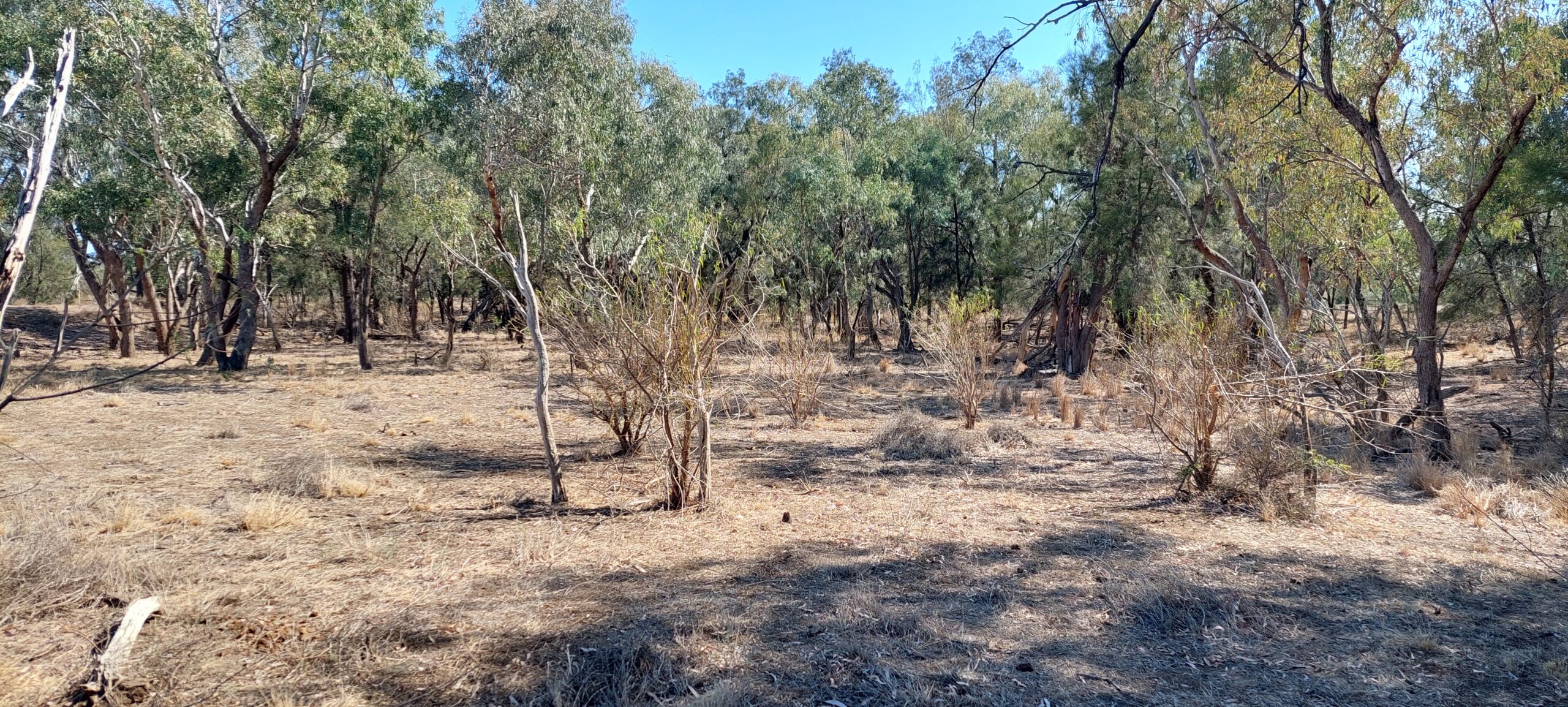The Commonwealth Environmental Water Holder’s (CEWH) Science Program funds the Flow Monitoring, Evaluation and Research (Flow–MER).
We would like to acknowledge the Gomeroi Peoples, the Traditional Owners of the Guwayda (Gwydir) River and surrounds. Thank you for sharing your Country and knowledge of the land, water and life with us. We pay respects to Elders past and present.
Traditional Gamilaaraay Language of the Gomeroi Nation used in this article (H. White & B. Duncan – Speaking Our Way, M. Mckemey), additional to learnings from interacting with community members and the Guwayda (Gwydir) River Selected Areas Culture Advisor.
Monitoring
Hydrology
Rainfall fell predominantly in November with a total of 74.1 mm recorded. Over the period from the 1st of October to the 18th of December a total of 191 mm was recorded. Temperatures ranged from a minimum of 21.7°C to a maximum of 40.7°C (Figure 1).

The top of Guwayda (Gwydir) Catchment continued to have steady flows with the delivery of irrigation water and water for the environment. The Guwayda River peaked at Gravesend on the 18th of December at 3,647 ML/d (Figure 2).

The Lower Guwayda showed similar trends with flows peaking at 1,848 ML/d on the 18th of December downstream of Tareelaroi Weir. No flows were recorded at Allambie Bridge after the 11th of December (Figure 3).

Flows in the Gingham Channel peaked at 273 ML/d at Teralba on the 26th of November, with flows during November and December topped up with the delivery of water for the environment to provide water to core wetland areas in the upper and central Gingham including Gingham Waterhole which dried in early November. No flows were recorded at Gingham Bridge (Figure 4).

Of the flows in the Mehi, Moomin and Mallawa the largest peak occurred at Tareelaroi weir at 1,722 ML/d on the 17th of December. The regulator on Mallowa Creek had under 1 ML/d of flows till the 11th of December, before a combined State

and Commonwealth delivery of water for the environment entered the system. A total delivery of 8 GL is planned to wet the Mallowa River channel and fringing wetlands.

Fish
Sampling in the Gwydir was focused on completing a larval drift pilot study. This study is being collaboratively undertaken by DPI Fisheries and the University of New
England. Three rounds of sampling were conducted across the delivery of the stimulus environmental flow, in September, October and December. Samples are currently being sorted and analysed in the laboratory (Figure 7).

Water Quality
Monitoring of water quality was restricted due to many dry sites, particularly in the wetlands. Sites such as the Gingham Waterhole dried up completely between samples completed in September and the end of November 2023, as seen in Figure 8.
Thousands of carp were present in the waterhole, alongside a small number of native fish, all of which died as the waterhole dried. By early December 2023, deliveries of water for the environment had reached the wetlands and Gingham waterhole.

Waterbirds
Waterbird species were in low numbers across most sites, likely due to the dry conditions during survey. Bunnor Bird Hide was one of the sites that remained inundated and had a good diversity of species present. Among the recorded species were 14 Burraalgas (Brolgas) flying overhead and a Jabiru landing at the site.
Burraalgas were also recorded at Baroona Waterhole. Wandoona Waterhole had Latham’s Snipe and Glossy Yuwagayrr (Ibis, Plegadis falcinellus), while Crimson Chats (Epthianura tricolor) were seen at Goddard’s Lease.

Vegetation
The Munwonga site in the Gwydir was almost completely inundated in March 2023. Now that the water has receded, ephemeral annuals covered most of the site, with wireweed (Polygonum aviculare) providing 70% cover.
The Glen site in the Gwydir, on the Ballin Boora Creek, had dried out considerably
following two months of zero rainfall (Figure 10), as had many sites in the Gwydir in October. Trees were still in good condition but most plants in the ground layer had died and many shrubs were under increased grazing pressure.

Communications
We produce a range of communication products each quarter to help tell the story of the wetlands we study, the people that study them and the cultures that depend on and care for them. All our stories can be found on the 2rog Consulting website News page here.
Below is a snapshot of some of the communications and engagement activities we achieved this quarter:
- Paul Frazier and Tamara Kermode caught up with Cultural Advisors Kerrie and Kevin, as well as CEWH staff Jane Humphries, Jason Wilson and Chrissy Jeffries in Moree – 5 to 6 Oct 2023
- The whole UNE, 2rog and DPI Fisheries Gwydir and Warrego team members caught up in Armidale to discuss and plan for Flow-MER 1.5 and the upcoming MER 2.0 projects – 25 Oct 2023
- Tamara Kermode attended the online Northern Basin Regional Community Forum – 5 Dec 2023
- Paul Frazier and Tamara Kermode met Kerrie Saunders, CEWH and MDBA staff at the Gwydir First Nation Environmental Water Groups Second Gathering in Bingara (Figure 11) – 10 Dec 2023
Our stories for this quarter included:
- Meet Kerrie Saunders Our Gomeroi Cultural Advisor 11 Oct 2023
- Catching up with our Cultural Advisors 20 Oct 2023
- Flow-MER Warriku-Baaka and Gwydir Teams Catchup 30 Oct 2023
- Threatened Species in the Guwayda Warrambools 17 Nov 2023
- Guwayda Snapshot of the 2022-23 Water Year 30 Nov 2023
- Meet my Microbugs 5 Dec 2023
- First Nations Environmental Water Group – Second Gathering 14 Dec 2023
- My Flow-MER PhD – How wetland food webs respond to environmental watering in the Gwydir Wetlands 20 Dec 2023
Flow-MER website: https://flow-mer.org.au/
Managing water for the environment is a collective and collaborative effort, working in partnership with communities, private landholders, scientists and government agencies – these contributions are gratefully acknowledged.
We acknowledge the Traditional Owners of the land on which we live, work and play. We also pay our respects to Elders past, present and emerging.


